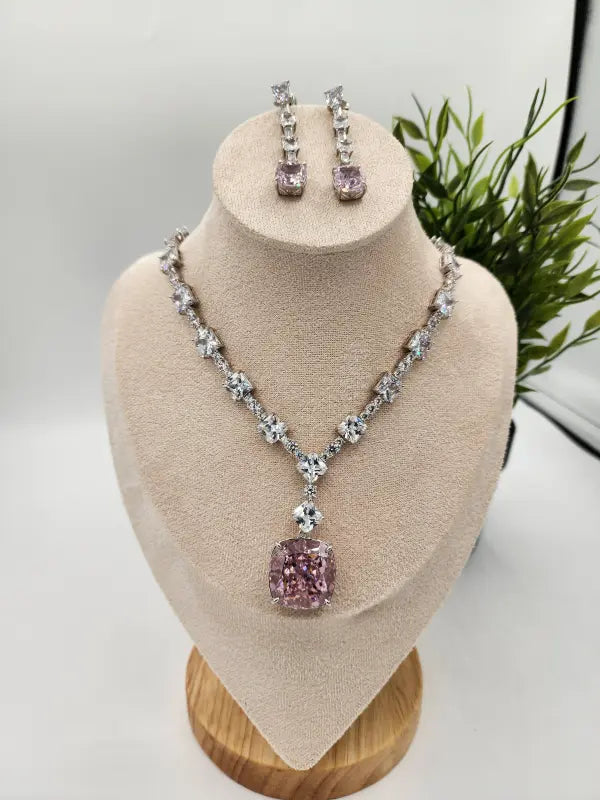Jamdani, known in Bengali as জামদানি, is a fine muslin textile characterized by its intricate patterns and rich heritage. This craft has been produced for centuries in the South Rupshi area of Narayanganj district in Bangladesh, along the banks of the Shitalakhwa River. Renowned for its delicate weaving techniques and historical significance, Jamdani stands as a symbol of cultural and artistic pride for Bangladesh.
Historical Background

The production of Jamdani dates back to ancient times, with early references found in the accounts of Arab, Chinese, and Italian travelers and traders. During the Mughal era, Jamdani weaving was patronized by the imperial court, and the term "Jamdani" itself is derived from the Persian language, reflecting the influence of the Mughal court, where Persian was the official language. Originally known as Dhakai or Daccai, named after Dhaka, one of the prominent textile centers in Bengal, Jamdani weaving has deep roots in the region's history.
During British colonial rule in India, the Jamdani and muslin industries of Bengal faced a significant decline due to competition with imported textiles from Great Britain. However, in recent years, there has been a revival of Jamdani weaving in Bangladesh, thanks to efforts to preserve and promote this traditional craft. In 2013, the art of Jamdani weaving was recognized by UNESCO as an Intangible Cultural Heritage of Humanity. Three years later, in 2016, Bangladesh received geographical indication (GI) status for Jamdani Sari, further cementing its cultural and economic significance.
The Art of Weaving

Jamdani is a handloom woven fabric made primarily of cotton, often interwoven with gold threads to create luxurious designs. This textile is one of the most time-consuming and labor-intensive forms of handloom weaving. The process involves a supplementary weft technique, where artistic motifs are produced by a non-structural weft in addition to the standard weft that holds the warp threads together.
The standard weft creates a fine, sheer fabric, while the supplementary weft, using thicker threads, adds intricate patterns to it. Each motif is meticulously added by hand, interlacing the weft threads into the warp using fine bamboo sticks and individual spools of thread. This results in a complex interplay of patterns that appear to float on the shimmering surface of the fabric. Interestingly, the patterns are not sketched or outlined on the fabric but are drawn on graph paper and placed underneath the warp for reference.
Varieties and Patterns

Jamdani is most commonly used for saris, but it is also employed in creating scarves, handkerchiefs, and other garments. The patterns, typically geometric, plant, and floral designs, are believed to have ancient origins, possibly dating back 2,000 years. The motifs often include rich designs like lotus, jasmine, and abstract geometric shapes, which have been passed down through generations of weavers.
The weaving process of Jamdani is so intricate and time-consuming that it was historically affordable only to aristocrats and royal families. Each piece of Jamdani requires immense skill, patience, and dedication, making it one of the most expensive products of the Dhaka looms.
Revival and Modern Significance

In recent decades, there has been a concerted effort to revive and sustain the art of Jamdani weaving in Bangladesh. This revival has been supported by both government and non-governmental organizations, recognizing the importance of preserving this cultural heritage. Weavers are now receiving training and support to continue the tradition, ensuring that this ancient art form does not fade into obscurity.
Jamdani has also gained international recognition, with fashion designers incorporating this exquisite fabric into contemporary clothing and accessories. This fusion of traditional craftsmanship with modern design has helped to keep Jamdani relevant in today’s fashion industry.
Conclusion
Jamdani is more than just a textile; it is a testament to the rich cultural heritage and artistic ingenuity of Bengali weavers. From its historical roots in ancient Bengal to its recognition as a UNESCO Intangible Cultural Heritage, Jamdani represents the perseverance and creativity of artisans who have kept this tradition alive through the centuries. Today, as weavers continue to produce these beautiful fabrics, Jamdani stands as a symbol of cultural pride and artistic excellence, bridging the past and the present in a tapestry of intricate patterns and timeless elegance.
FREQUENTLY ASKED QUESTIONS
- What is Jamdani?
- Jamdani is a fine muslin textile known for its intricate patterns and is traditionally woven in the Narayanganj district of Bangladesh. It is considered one of the most artistic and labor-intensive forms of handloom weaving.
- Where did Jamdani originate?
- Jamdani originated in the Bengal region, particularly around Dhaka, Bangladesh. It has ancient roots, with its development linked to the textile weaving centers in Dhaka during the Mughal era.
- What materials are used to weave Jamdani?
- Jamdani is typically woven using cotton, and sometimes gold threads are added to create luxurious designs. The fabric is known for its fine, sheer texture and intricate patterns.
- Why is Jamdani significant?
- Jamdani holds cultural and historical significance as it represents centuries of Bengali weaving tradition. It has been recognized by UNESCO as an Intangible Cultural Heritage of Humanity and received geographical indication (GI) status in Bangladesh.
- What are common designs found in Jamdani?
- Common designs in Jamdani include geometric shapes, floral motifs, and plant patterns. These designs are woven into the fabric using a supplementary weft technique, creating intricate patterns that appear to float on the surface.




